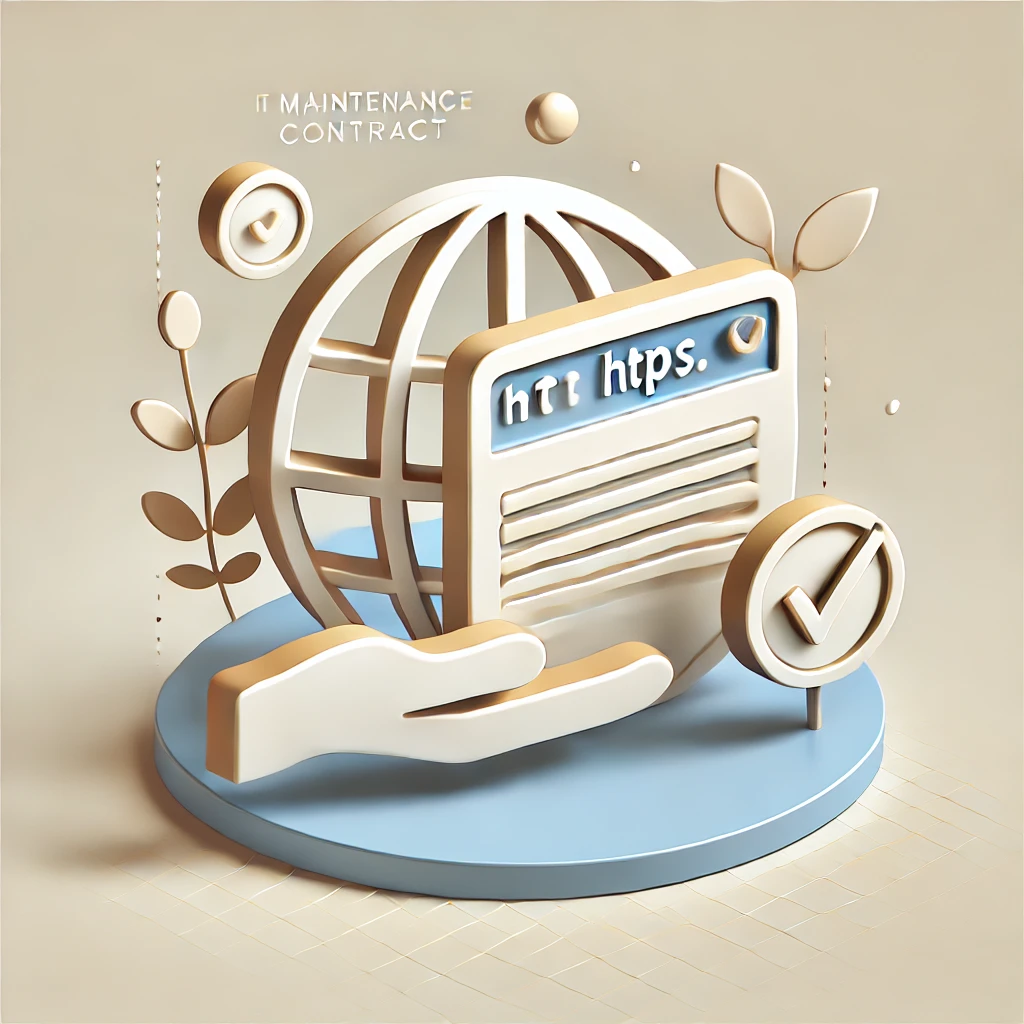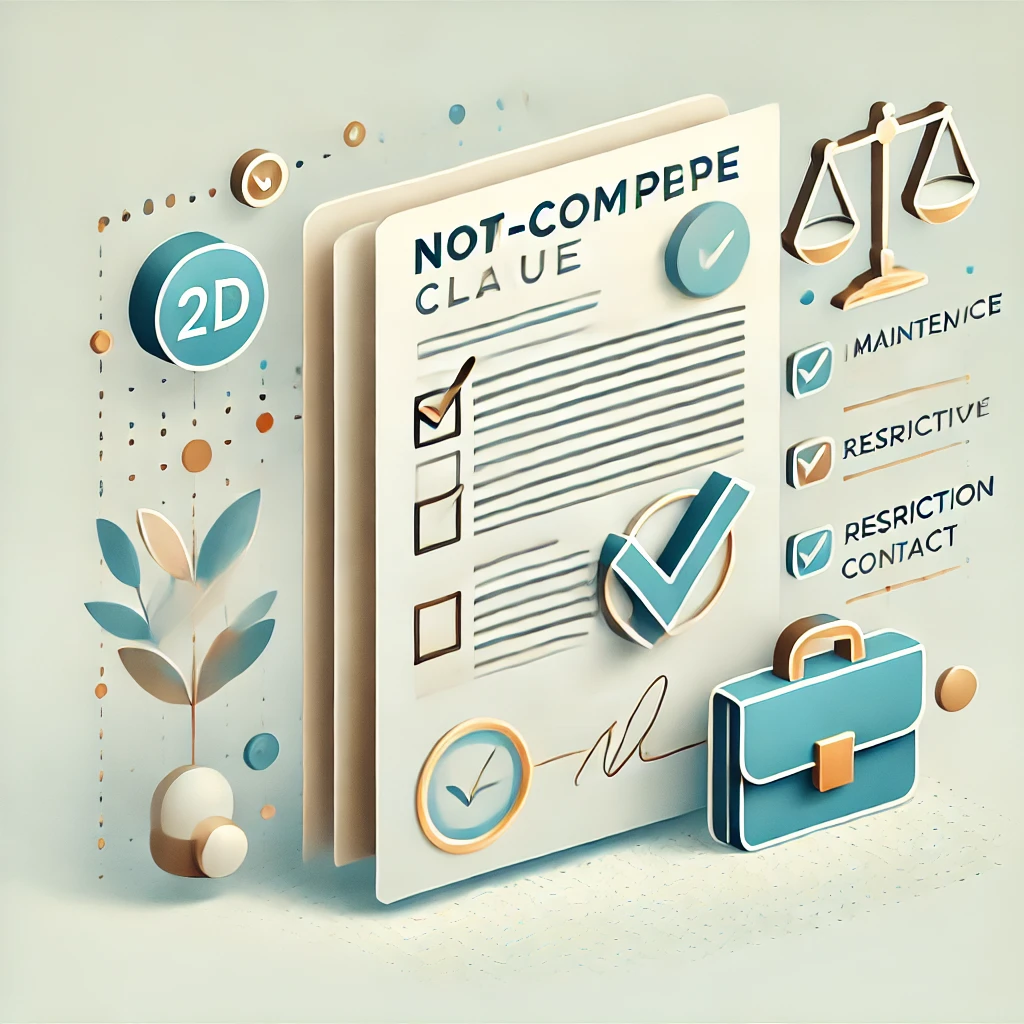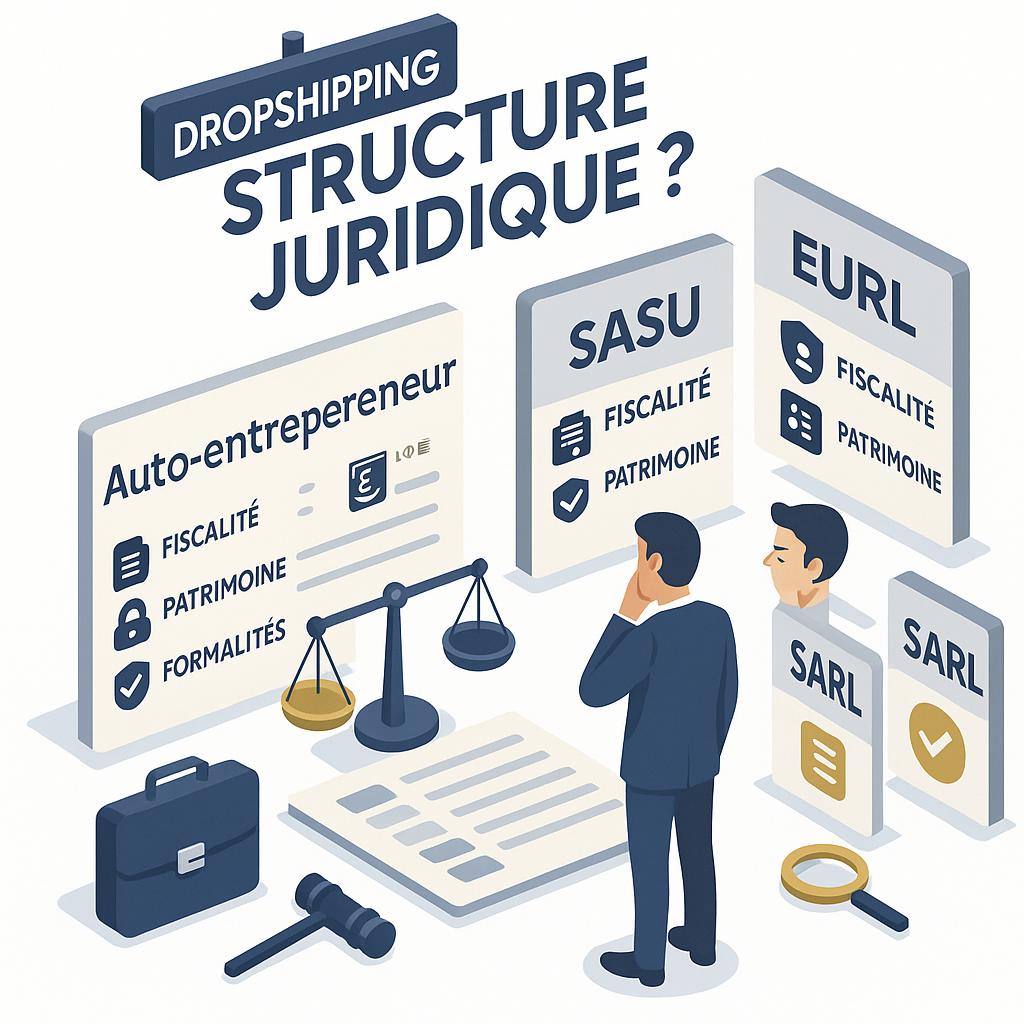Losing a domain name can be a real problem, especially when it's essential to your online business. Whether it's the result of a forgotten renewal, a fraudulent transfer or cybersquatting, there are several ways to recover your domain name. The process can be both technical and legal, involving actions with registrars, theINPI or even legal proceedings.
Before taking any steps, it's essential to identify the cause of the loss and act quickly to prevent a third party from exploiting it to their own advantage. Depending on the situation, there are various options open to you: recovery via your registrar, amicable negotiation with the current owner, proceedings before an arbitration center or legal action for unfair competition and trademark infringement.
Recover an expired domain name
When a domain name expires, there are several phases before it becomes available for re-registration. First, after expiration, the owner benefits from a grace period lasting between 30 and 45 days, depending on the registrar. This period allows the original owner to renew the domain at no extra cost. However, if the domain is still not renewed within this period, a 30-day redemption period follows. During this phase, the domain is quarantined and cannot be used, but its owner can still recover it, albeit at an additional cost imposed by the registrar. Finally, if no action is taken at the end of the redemption period, the domain enters the deletion phase, and becomes available for re-registration.
To recover an expired domain name, it's important to act quickly. In the grace period, simply renew the domain before the end of this phase to avoid any complications. If the domain is in the redemption period, the registrar may still allow renewal, but at a higher cost. It is advisable to monitor registrar databases regularly, so that you can act as soon as the domain becomes available again. Finally, to avoid losing a domain, it's best to activate automatic renewal and ensure that your registrar contact details are always up to date, so that you can receive renewal notifications.
Recovering a domain name held by a third party
When a domain name has been registered by someone else, recovering it becomes more complex. Depending on the situation, it may be possible to recover it by amicable or legal means. The first step is generally to attempt amicable negotiation with the current owner. This can be done by searching for the domain holder's contact details via the WHOIS database, or by using services such as ICANN Lookup. If the information is protected, it may be necessary to use a specialized intermediary. Once the owner has been identified, the domain can be offered for purchase, depending on its value. If necessary, specialized platforms such as Sedo or Afternic can act as brokers to facilitate this transaction.
However, sometimes amicable negotiation fails. In this case, legal recourse is available. If the domain name has been registered in an abusive manner, it is possible to request its recovery by invoking prior rights, such as ownership of a registered trademark. If a trademark was registered before the domain name was registered, it is possible to initiate proceedings for trademark infringement under article L713-2 of the French Intellectual Property Code. Similarly, if the use of the domain name causes confusion with the trademark, or if the holder uses the domain in a manner that does not conform to the trademark, it may be possible to initiate proceedings for unfair competition, under article 1240 of the French Civil Code. In more serious cases, when a domain is registered with the aim of reselling at an abusive price or taking advantage of a brand's reputation, specific cybersquatting proceedings may be initiated.
Legal remedies and specific procedures
If amicable negotiation fails, there are several legal remedies available to recover a domain name. The UDRP procedure (Uniform Domain Name Dispute Resolution Policy) enables you to contest the registration of a generic domain name (.com, .net, etc.) by proving that it was registered in bad faith, as in the case of cybersquatting. For .fr domains, there is the SYRELI or PARL EXPERT procedure, managed by AFNIC, which enables rapid settlement of disputes, often in cases of trade name usurpation or cybersquatting. As a last resort, legal action can be taken before a competent court to assert rights to a disputed domain name.
Recovery in the event of counterfeiting or fraudulent use
If a domain name infringes a registered trademark or is used fraudulently, there are several legal remedies available. A trademark infringement action can be launched if the domain name is identical or similar to a registered trademark used in a commercial context. In the event of confusion, an action for trademark infringement can be brought to demand that use of the domain name be discontinued, as well as damages to compensate for the loss suffered. The court may also order the transfer of the domain to the trademark holder, if justified. If the trademark has not been registered, an action for unfair competition or parasitism may be considered, particularly if the domain name creates confusion with the existing trademark or captures customers by taking advantage of its notoriety.
In addition, since the reform of trademark law, it is now possible to contest the registration of a trademark subsequent to a domain name via the INPI. It is thus possible to oppose the registration of a trademark if it infringes on a domain name already in use, or even to cancel a trademark registered in fraud of a domain name holder's rights, particularly in cases of identity theft.
Prevent disputes and protect your domain name
In addition to possible remedies, it is essential to adopt preventive strategies to protect your domain name and avoid any disputes. Before registering a domain name, it is advisable to check its availability and carry out a prior art search to avoid any infringement of existing rights. This includes consulting INPI databases for registered trademarks, as well as WHOIS databases to check whether the domain has already been registered. Registering a trademark associated with the domain is an effective way of reinforcing the legal protection of the domain name.
Proactive monitoring is also recommended to detect fraudulent registration attempts. Specialized services are available to monitor new domain name registrations and trademark registrations, so that you can be alerted quickly if there is a risk of usurpation. Finally, to avoid the risks associated with domain expiry, we recommend systematically renewing domain names before they expire.
Security and anticipation
The security of certain domain names, especially those associated with strategic brands or products, deserves particular attention. We recommend reserving the most common extensions (.com, .fr, .eu, etc.) to reduce the risk of cybersquatting. Activating a domain name transfer lock with the registrar also helps prevent any unauthorized transfer. In addition, the use of a WHOIS protection service can limit access to the domain holder's personal information and reinforce confidentiality.
To limit future conflicts, it is also advisable to include specific contractual clauses concerning domain names in contracts with registration service providers. Checking the terms and conditions of hosting providers and registrars is also essential to avoid disputes over domain management and transfer. Finally, within companies, it is useful to clearly define domain name ownership in the articles of association or in agreements between partners, to prevent any disputes arising in the event of internal conflict.




